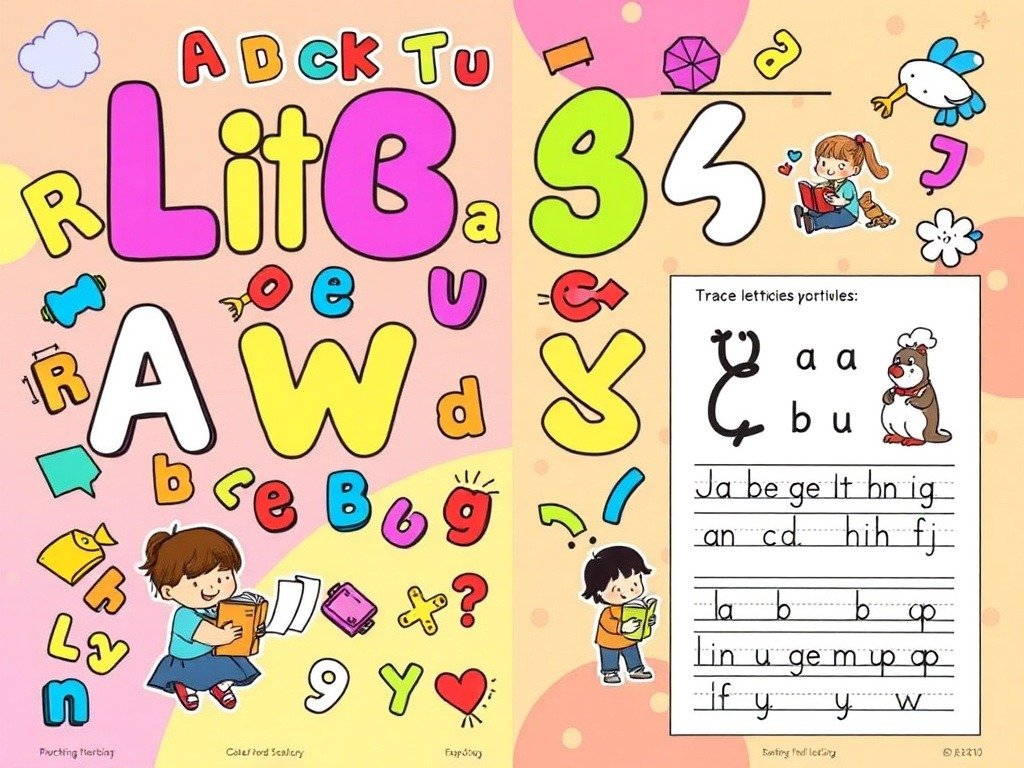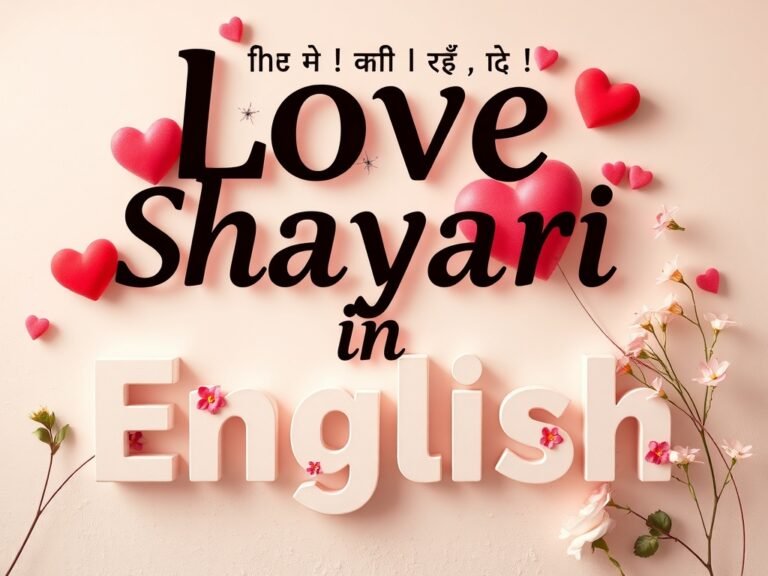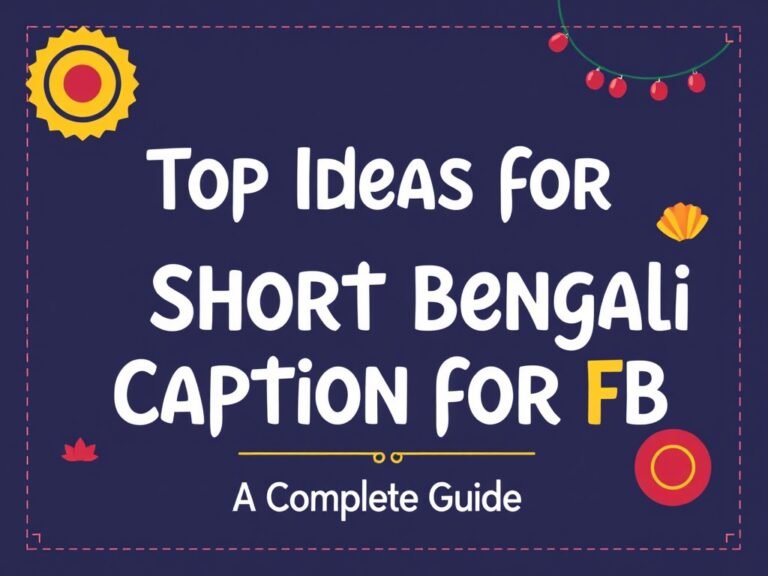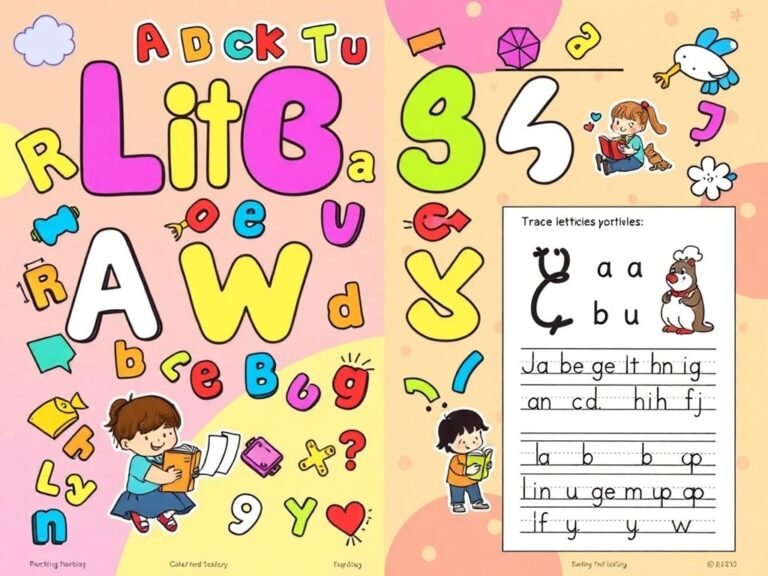
Introduction: Why Printed Literacy Activities Still Matter
Even in an age dominated by smartphones, tablets, and educational apps, there’s something timeless and effective about printed literacy activities. The phrase atividades de alfabetização para imprimir refers to printable materials that help children develop reading and writing skills. These resources are especially popular among teachers, parents, and speech therapists because they offer a tangible, distraction-free way for young learners to focus. Printed sheets, flashcards, and worksheets can be handled, colored, and written on — all of which enhance motor skills and reinforce memory retention. This combination of physical interaction and cognitive engagement makes printable literacy activities an enduring and effective tool in early education.
The Role of Printable Activities in Literacy Development
Literacy development goes far beyond recognizing letters on a page. It’s about fostering a relationship with language, helping children understand that letters form words, words form sentences, and sentences carry meaning. Printable literacy activities play a critical role because they:
- Provide structured learning sequences that guide students from letter recognition to full reading fluency.
- Allow for customization according to a child’s pace and specific learning needs.
- Offer hands-on interaction, which is particularly effective for kinesthetic learners.
Teachers can integrate these activities into both classroom and home learning environments, ensuring consistency and reinforcing lessons across settings.
Types of Atividades de Alfabetização para Imprimir
Letter Recognition Activities
Printable sheets that introduce children to uppercase and lowercase letters through tracing, coloring, and matching exercises help them visually and physically learn the alphabet.
Word Formation Activities
Once letters are familiar, word-building exercises come into play. These might involve cut-and-paste activities where children arrange letters to form simple words or fill-in-the-blank exercises that promote spelling skills.
Reading and Comprehension Exercises
These activities use short sentences or illustrated stories to encourage children to connect words with meaning. Comprehension questions follow to reinforce understanding.
Creative Writing Prompts
Printable story starters or sentence-completion exercises stimulate imagination while practicing grammar and vocabulary.
Benefits of Printed Literacy Resources
Printable literacy resources offer distinct advantages over solely digital methods. They are:
- Accessible — No need for expensive devices or constant internet access.
- Reusable — Many materials can be laminated for repeated use.
- Flexible — Suitable for both group and individual learning settings.
Research from early childhood education studies shows that tactile learning activities — writing, coloring, cutting — enhance retention by activating multiple sensory pathways.
How to Create Custom Printable Activities
Not every child learns the same way, which is why customization matters. Free online tools like Canva, Wordwall, and Twinkl allow educators to design their own atividades de alfabetização para imprimir tailored to specific age groups and skill levels.
When creating custom materials:
- Use large, clear fonts for easy readability.
- Include visual cues like images or color-coded letters.
- Keep instructions short and simple for early readers.
Popular Printable Literacy Activities: Examples and Uses
Below is a table showing common printable literacy activities and their educational purpose:
| Activity | Objective |
| Alphabet Tracing Sheets | Improve letter recognition and writing skills |
| Word-Picture Matching Cards | Build vocabulary and word association |
| Cut-and-Paste Word Builders | Develop spelling and phonemic awareness |
| Short Story Comprehension Sheets | Enhance reading comprehension and critical thinking |
| Sentence Completion Printables | Encourage grammar practice and creative thinking |
Making Learning Fun Through Printables
One of the most important aspects of teaching literacy is keeping children engaged. Printable activities can be gamified to create excitement:
- Turn alphabet tracing into a “treasure map” adventure.
- Use sticker rewards for completed worksheets.
- Introduce role-playing elements where children “shop” for words to complete sentences.
These strategies combine the seriousness of education with the joy of play.
Inclusive Literacy Activities
Every child learns differently, and inclusive printable activities ensure no learner is left behind. This might mean:
- Using dyslexia-friendly fonts like OpenDyslexic.
- Including visual prompts for children with language delays.
- Offering color-contrast worksheets for visually impaired learners.
Free Online Resources for Printables
There are numerous websites offering free atividades de alfabetização para imprimir. Some of the most reputable include:
- Educolorir – Offers coloring-based alphabet sheets.
- Escola Educação – A Brazilian platform with graded literacy worksheets.
- Twinkl – International site with printable literacy packs.
Tip: Always check usage rights before printing or distributing materials, especially if they’re for commercial use.
Creating a Weekly Literacy Plan
Organizing activities into a weekly schedule ensures consistent progress. For example:
| Day | Activity Type |
| Monday | Letter recognition worksheets |
| Tuesday | Word-building cut-and-paste tasks |
| Wednesday | Short reading comprehension stories |
| Thursday | Creative writing prompts |
| Friday | Review games and group activities |
Blending Printables with Technology
While printables are valuable, integrating them with technology can enhance learning. For instance, children might complete a printed alphabet activity, then use an educational app to practice pronunciation and letter sounds.
Common Mistakes When Choosing Activities
Some pitfalls to avoid include:
- Selecting worksheets that are too advanced or too basic.
- Overloading children with repetitive tasks.
- Ignoring the balance between fun and structure.
Measuring Student Progress
Printed activities make progress tracking simple. Teachers and parents can store completed worksheets in a folder, visually showing the child’s development over time. Coupled with periodic assessments, this method provides a clear record of improvement.
Creating a Literacy-Friendly Home Environment
Setting up a small literacy corner at home — complete with books, alphabet charts, and printable activity packs — encourages children to engage with reading and writing beyond school hours. Parental involvement is key; simply sitting down to complete an activity together can make a huge difference.
Conclusion
Printable literacy activities remain one of the most effective, adaptable, and affordable methods for developing reading and writing skills in children. The concept of atividades de alfabetização para imprimir bridges the gap between traditional teaching and modern learning needs. Whether you’re a teacher looking to diversify your lesson plans or a parent wanting to support your child’s literacy journey at home, printables offer an accessible, engaging, and proven pathway to literacy success.
FAQs
1. What age is best to start literacy printables?
Children can begin with basic letter recognition printables as early as age 3, gradually progressing to more complex reading and writing activities by age 6.
2. Where can I find high-quality free printable literacy activities?
Websites like Twinkl, Educolorir, and Escola Educação offer a wide variety of free resources, though it’s important to ensure the materials match the child’s skill level.
3. How can I adapt printable activities for children with learning difficulties?
Use large fonts, incorporate visual aids, simplify instructions, and consider tactile elements like textured letters to enhance sensory engagement.



